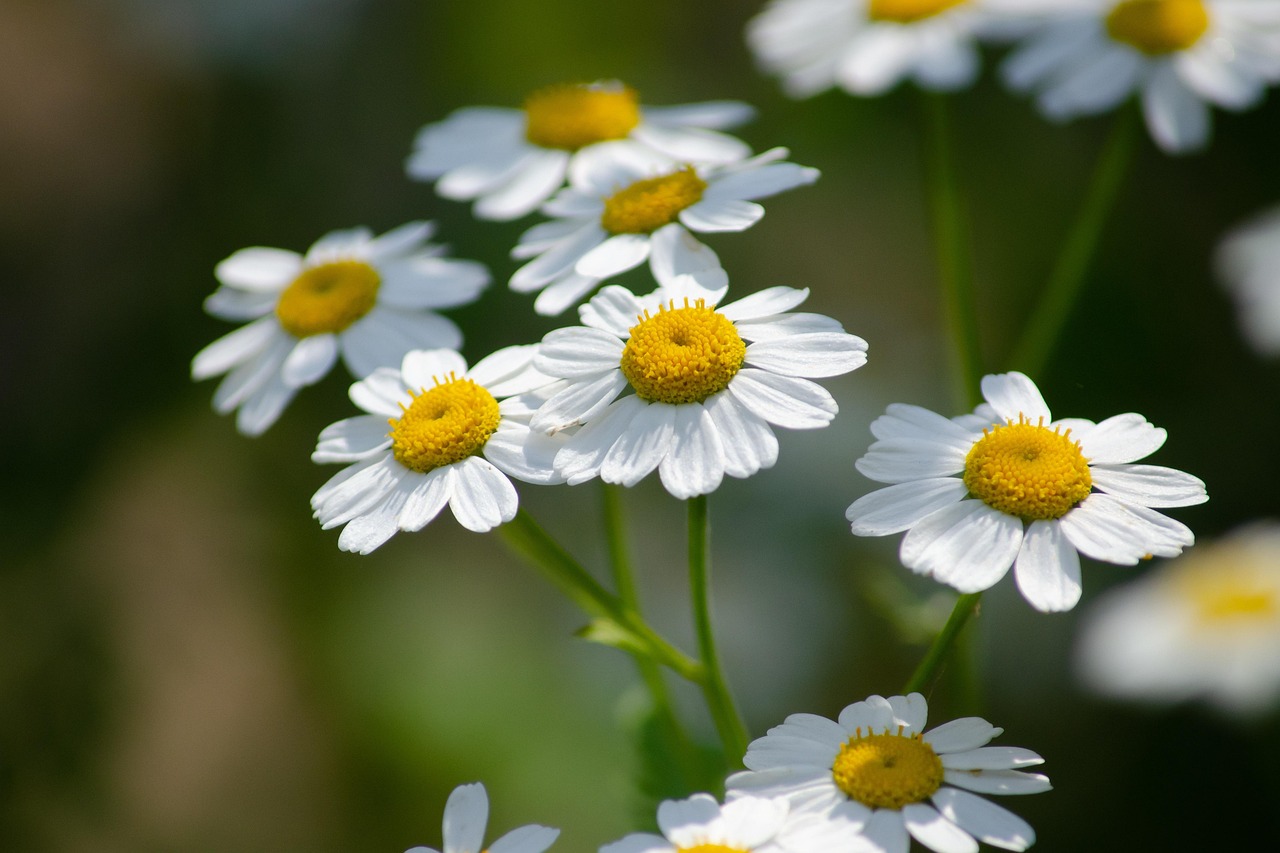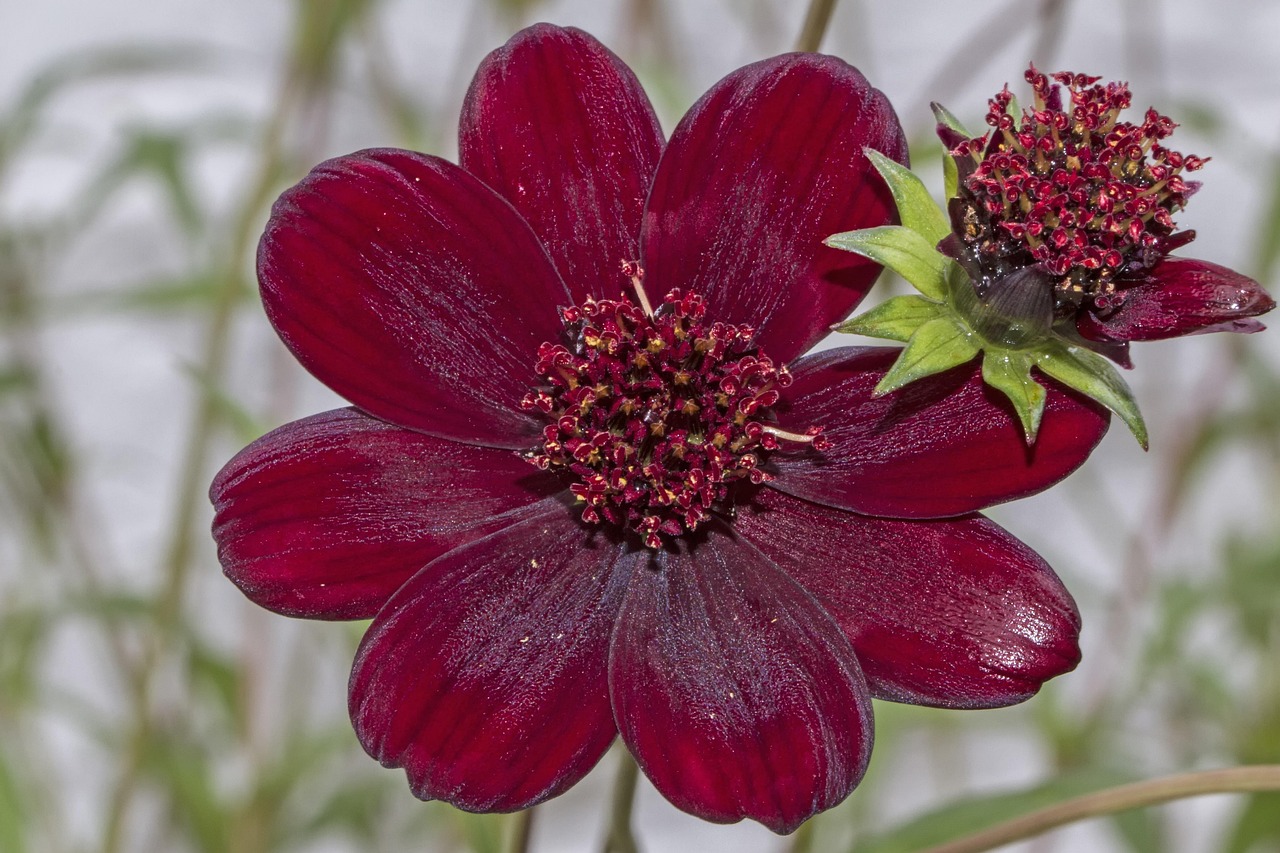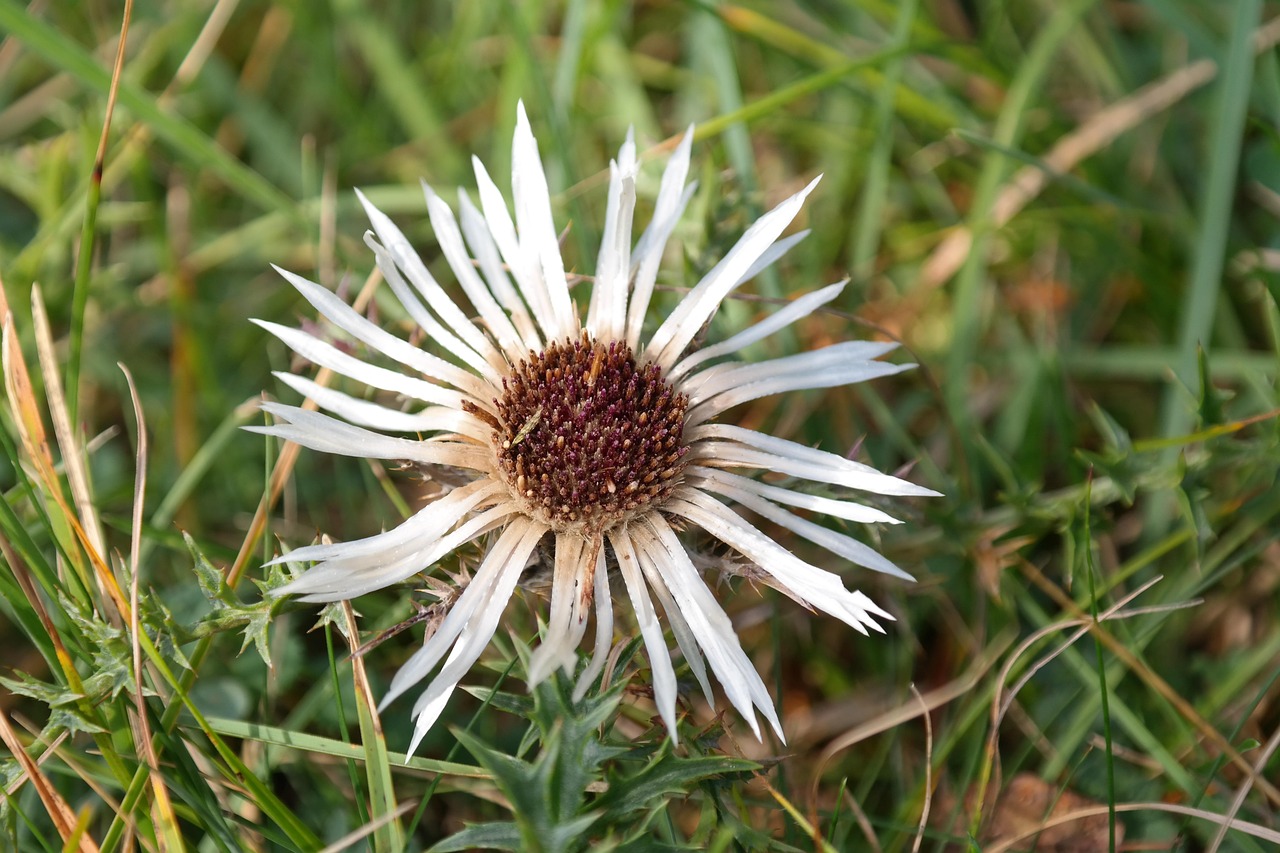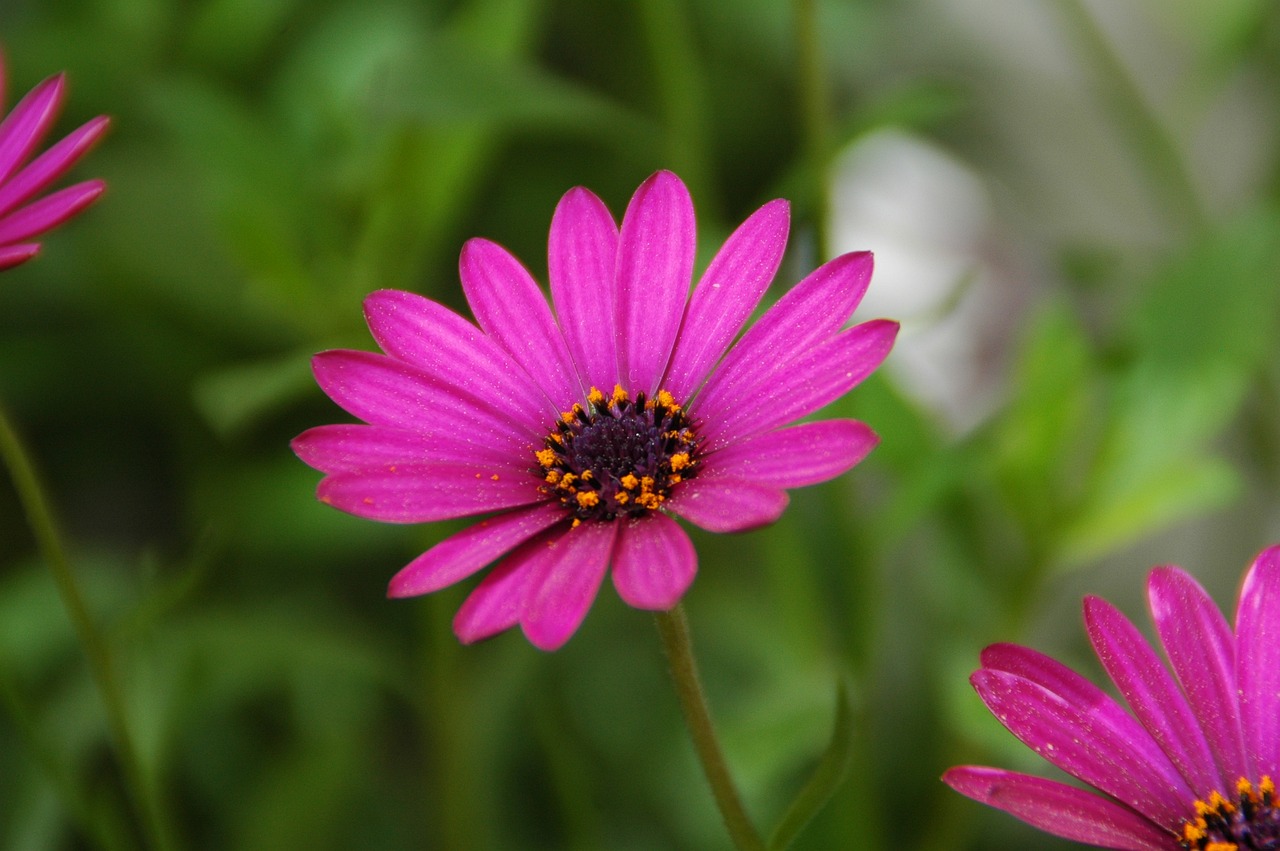Coltsfoot | A Harbinger of Sunshine in Early European Spring
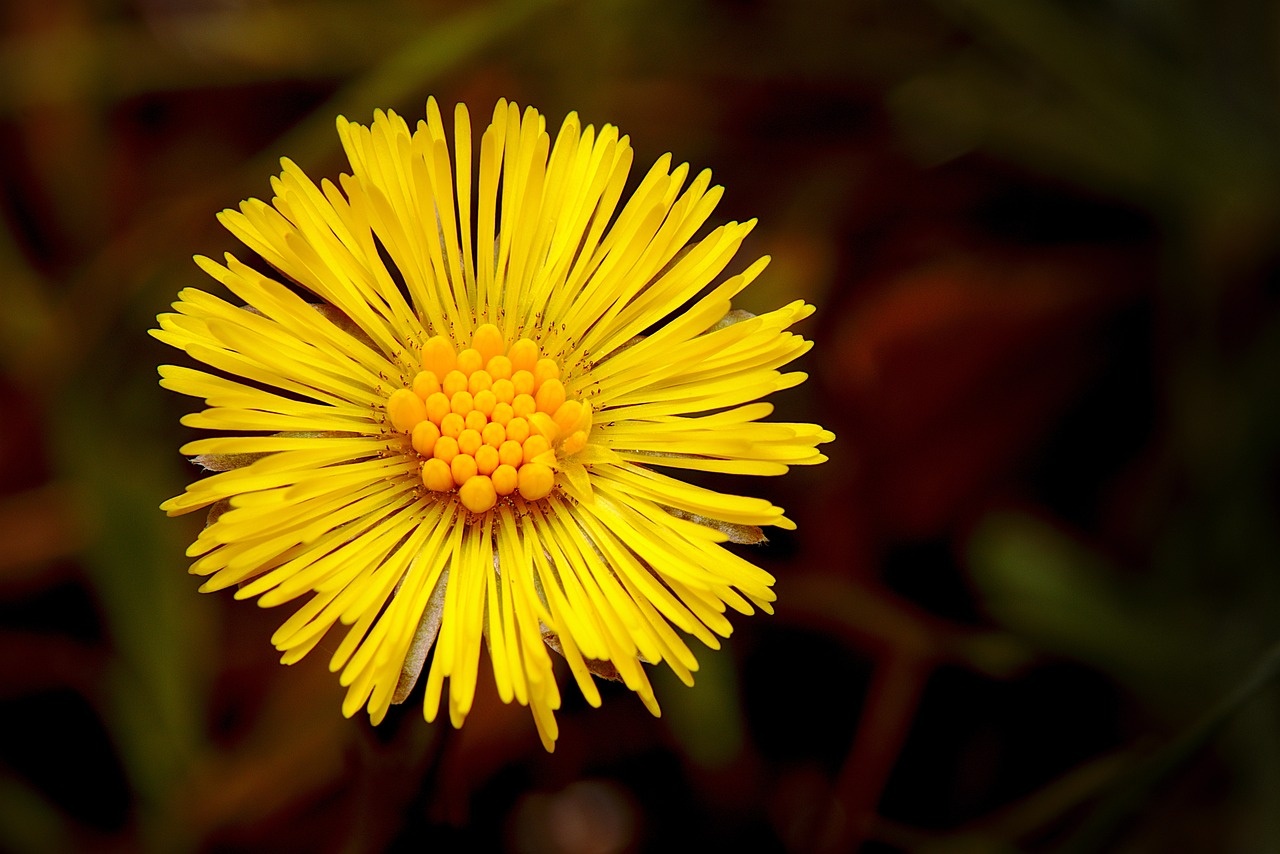
Coltsfoot is a perennial plant cherished in many regions as a herald of spring, since it is among the first flowers to bloom from the thawing earth in early spring.
Widely distributed across cool regions such as Japan and Europe, its vigorous blossoms have long been regarded as a seasonal symbol marking the transition from winter to spring.
In this article, I will provide detailed information about coltsfoot, including its basic characteristics, cultural and historical background, and tips for cultivation.
Basic Information
- Scientific name: Tussilago farfara
- Family: Asteraceae
- Origin: Europe, Asia, North Africa
- Appearance: Bright yellow flower heads bloom atop upright stems. The leaves, which emerge after flowering, are rounded and resemble those of butterbur. The whole plant is covered with fine hairs, giving it a unique texture.
- Blooming season: February–April
Cultural Significance Around the World
Coltsfoot has been cherished as a seasonal symbol of spring in many regions.
In Europe, its blossoms emerging after harsh winters have long been seen as an emblem of spring, bringing hope and the feeling of a new beginning.
In Alpine regions such as Germany and Switzerland, its flowering traditionally marked the start of farming and mountain activities, symbolizing the bond between nature and daily life.
In England, it has been admired as a wildflower naturally blooming in rural landscapes, inspiring poems and paintings as a representation of simple spring scenery.
In Japan as well, coltsfoot grows naturally in Hokkaido and the mountainous areas of Honshu. Its blossoms, appearing along with the snowmelt, are widely recognized as a sign of seasonal transition.
Historical Background
Coltsfoot has been rooted in people’s lives since ancient times in Europe.
It was already known during the Roman era, where it was recorded as one of the early spring flowers.
In medieval Europe, peasants used its flowering as a signal to begin sowing and farming, making it part of the natural calendar.
In modern times, it frequently appeared in landscape paintings and natural history books, valued among naturalists and botanists as a notable spring wildflower.
In France and Italy, too, it was beloved by travelers and poets as part of the early spring scenery, often featured in local floras.
Gardening Advice
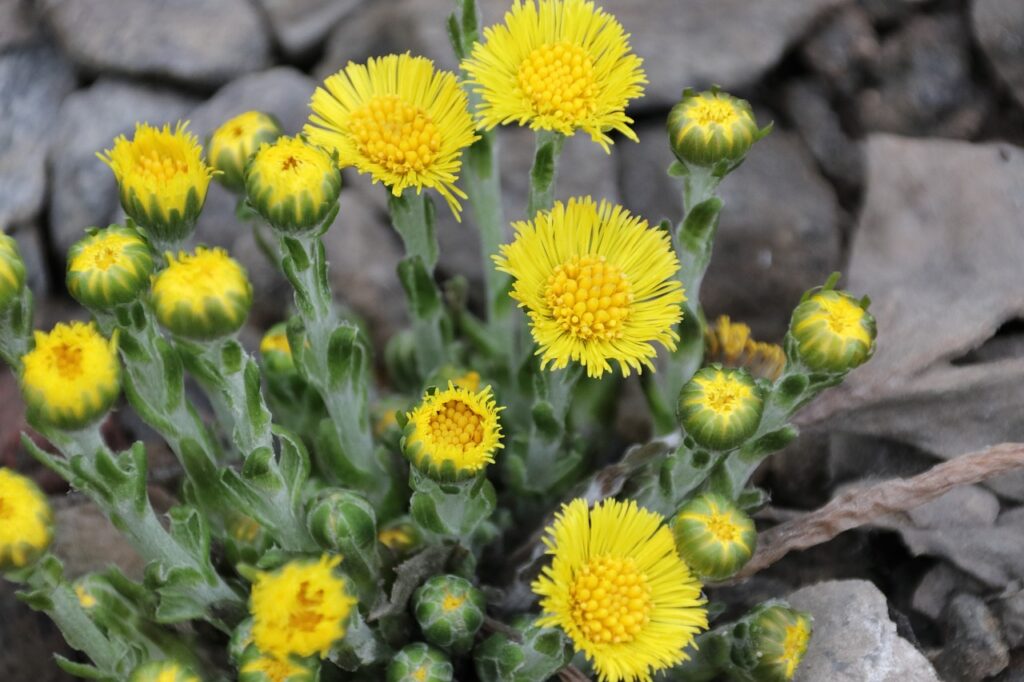
Coltsfoot is well-suited for wildflower gardens or natural-style rock gardens. By keeping the following points in mind, one can enjoy its beautiful early-spring blossoms.
Light
Grows well in full sun to partial shade. Better flowering occurs in sunny locations, but moist semi-shade is also sufficient.
Watering
Avoid dryness and maintain moderate moisture. In the ground, rainfall is usually sufficient, but supplemental watering may be needed during dry spells. In pots, water when the surface soil dries.
Soil
Prefers well-drained yet slightly moist soil. Mixing in leaf mold or compost helps create a more natural environment.
Fertilization
Requires little fertilizer. A small amount of slow-release fertilizer as a base is sufficient. Avoid excessive feeding.
Planting and Care
Since coltsfoot spreads via rhizomes, use pots or barriers if you wish to control its spread. During the dormant season, remove dead leaves to keep the plant tidy.
Conclusion
Coltsfoot is a perennial that blooms ahead of other plants in early spring, long cherished as a harbinger of spring.
In Europe, it served as part of the natural calendar to mark the start of agricultural work, while in Japan, its blossoms appearing with the snowmelt create an impressive seasonal landscape.
From ancient Rome to modern times, it has held deep cultural significance, appearing in natural observations and artistic expressions.
As a simple yet vigorous spring flower, it is also an excellent choice for natural-style gardening.

